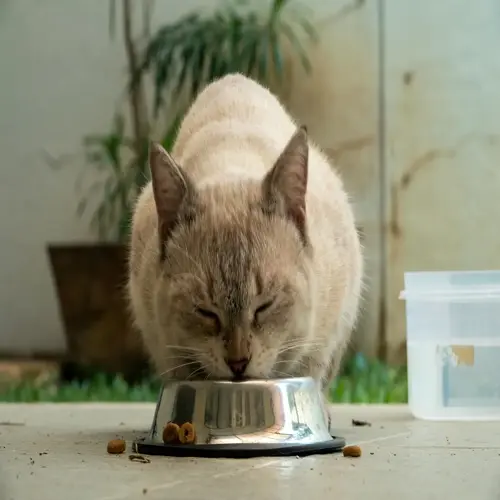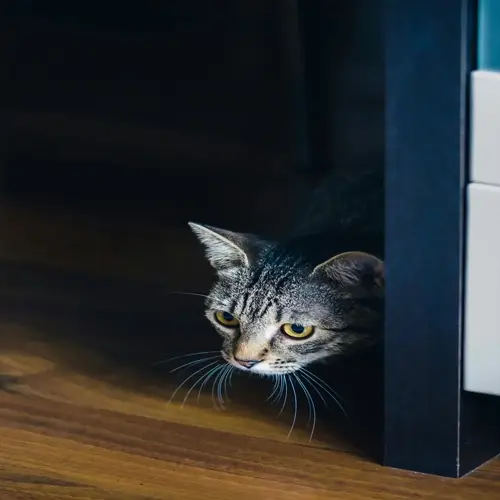How can I identify overgrown claws?

Written by
Hoang Long
Reviewed by
Prof. Edward Clarke, Ph.D.Being aware of claws that have grown too long prevents serious damage to the paws. Check out visible claw points when your cat sleeps peacefully. Listen for a clicking on the mill floors when it is otherwise normal activity. Watch for a sudden snagging on the furniture or the avoidance of the scratches on the carpet. I check my cats' paws weekly while I brush.
Visible Tips
- Claws extend beyond fur when resting
- Indicates 2+ weeks without trimming
- Leads to accidental scratches during play
Fabric Snagging
- Claws catch on carpets and upholstery
- Creates runs in clothing and furniture
- Signals dangerous curvature development
Pay attention to the clicking sounds as the animal moves. A healthy claw is fully retracted when the animal walks. Overgrown nails protrude past the protective fur onto hard surfaces. This is similar to humans walking on wood floors in heels. If you hear continual clicking noises, this means that these claws need to be trimmed immediately, as paw injuries could result otherwise.
Watch for changes in scratching post behavior. Cats that tend to avoid scratching posts may have arthritis pain associated with their curved, stiff claws. If the claws are overgrown, it is uncomfortable for them to scratch. You may see the cat make attempts to scratch, but they may be somewhat apathetic and soon stop. My older cat had stopped scratching altogether before developing an ingrown claw, which required veterinary attention.
Regular Inspection
- Check paws during weekly brushing sessions
- Lift fur to examine claw curvature
- Note length compared to previous checks
Early Intervention
- Trim when first signs appear
- Focus on front claws every 3 weeks
- Use scratching posts between trims
Build a prevention routine that promotes lasting health of the paws themselves. Combine foremost the weekly inspection with ascribed trimming routines at 3-4 week intervals. My cats now voluntarily stretch themselves out for claw checks. Your vigilance will prevent minor problems from becoming emergency treatment, but keep the claws comfortable and useful.
Read the full article: Cat Nail Trimming: The Ultimate Guide

